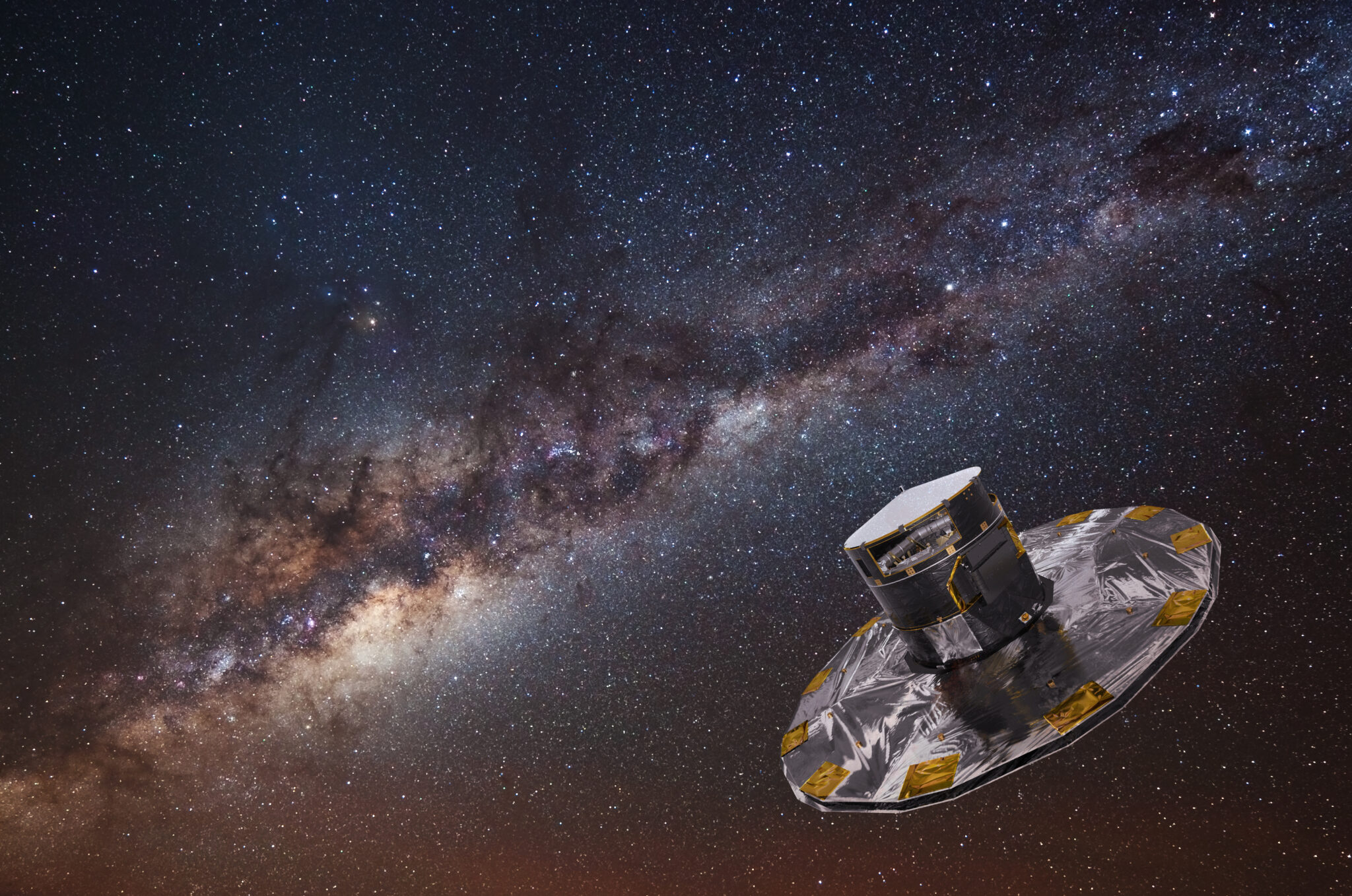The Gaia Space Telescope, worth more than $800 million dollars, was damaged by a tiny piece of space debris.

The European Space Agency (ESA) said the telescope was struck in April by a micrometeoroid, a small space rock particle weighing less than a gram, which damaged the instrument’s protective cover. Debris of this size usually burns up in the Earth’s atmosphere, but this time the impact was stronger.
ESA noted that such collisions were expected and Gaia was designed to withstand micrometeoroid impacts. However, this object impacted at a very high speed, causing a small gap in the outer layer of the telescope. Because of this, sunlight penetrated and damaged Gaia’s sensors. Although the intensity of the light was much less than the ultraviolet rays on Earth.
In May, ESA specialists faced a new problem – one of 106 charge-coupled devices that convert light into electrical signals suffered a technical failure. This device is responsible for detecting stars, and without it, Gaia cannot confirm what it looks at, which limits its capabilities.
The telescope was also affected by a solar storm that caused auroras on Earth. Normally, the observatory can withstand such storms, but previous damage has made it more vulnerable.
These problems occurred more than four years before Gaia’s expected expiration date. Now ESA specialists have tuned the telescope’s software to reduce the number of false detections and return it to routine operations. However, they warn that a future solar storm could be the “last drop” for the vulnerable telescope.
According to esa.int


